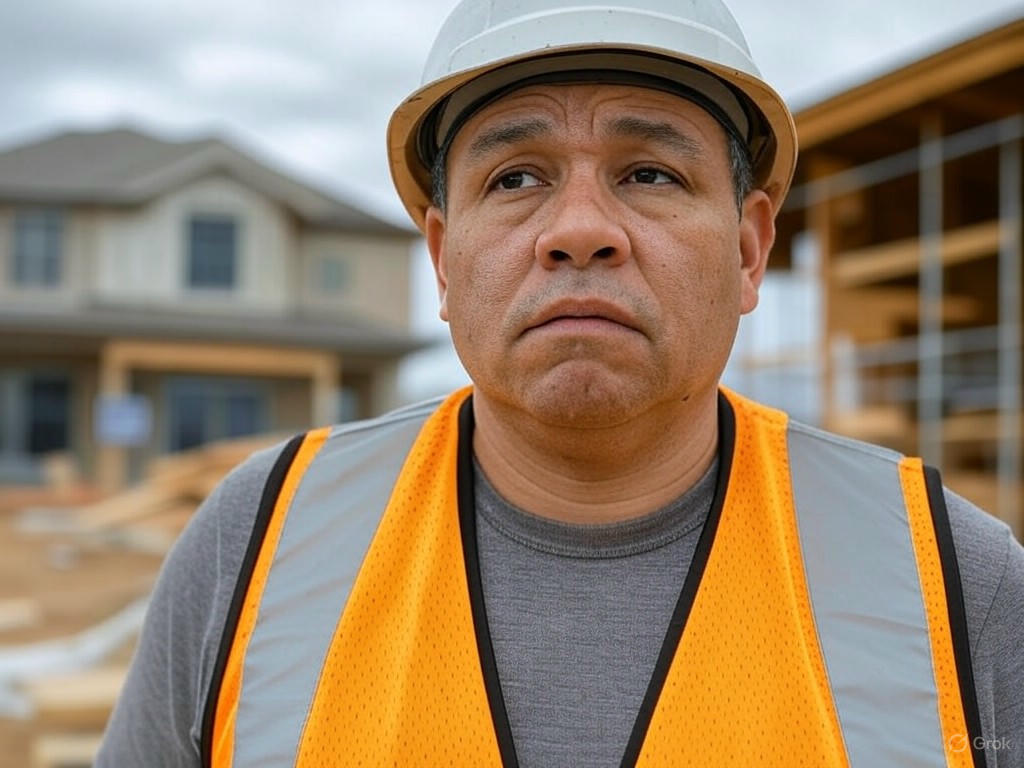Homebuilder Confidence Plummets Amid Economic Headwinds
The mood among homebuilders across the United States has taken a significant hit, echoing the gloom seen during the early days of the pandemic. Recent data reveals a sharp decline in confidence, driven by a combination of persistent high mortgage rates, looming tariff threats, and wavering consumer optimism about the economy. As families hesitate to invest in new homes amid fears of financial instability, the housing market is feeling the strain, with builders scaling back on projects and reevaluating their forecasts for the year ahead.
One of the primary culprits behind this downturn is the unrelenting climb of mortgage rates, which have remained stubbornly elevated despite hopes for relief. For many potential buyers, the dream of homeownership is slipping further out of reach as borrowing costs soar, squeezing household budgets and dampening demand for new construction. Builders, in turn, are caught in a bind—fewer buyers mean fewer projects, and the cost of materials and labor continues to weigh heavily on their bottom line. This creates a vicious cycle, where reduced activity in the housing sector further fuels economic uncertainty, making consumers even more cautious.
Adding to the challenges are concerns over potential tariffs that could disrupt the supply chain for critical building materials. With the possibility of increased costs for imported goods like lumber and steel, homebuilders are bracing for tighter margins and project delays. Such trade uncertainties only deepen the sense of unease in an industry already grappling with inflationary pressures. For many in the sector, the fear is that these external forces could prolong the slowdown, pushing recovery further into the future.
Consumer sentiment, a key driver of the housing market, is also at a low ebb. With whispers of a potential recession and job market jitters circulating, many Americans are opting to delay major purchases like homes. This hesitation is palpable, as families prioritize financial security over taking on large debts in an unpredictable economic climate. Homebuilders, who rely on steady demand to plan and execute projects, are left navigating a landscape of dwindling inquiries and canceled contracts.
Despite these challenges, there’s a glimmer of hope for the industry. Some experts believe that if mortgage rates stabilize or if policymakers address trade concerns, confidence could rebound. Builders are also exploring innovative ways to cut costs, such as adopting modular construction techniques or focusing on smaller, more affordable homes to attract budget-conscious buyers. However, these solutions will take time to implement and may not fully offset the current headwinds.
As the year progresses, the homebuilding sector stands at a crossroads. The interplay of economic uncertainty, high borrowing costs, and external trade risks has created a perfect storm, shaking the foundation of an industry critical to national growth. While the path to recovery remains unclear, one thing is certain: homebuilders and consumers alike are bracing for a bumpy ride in the months ahead.


